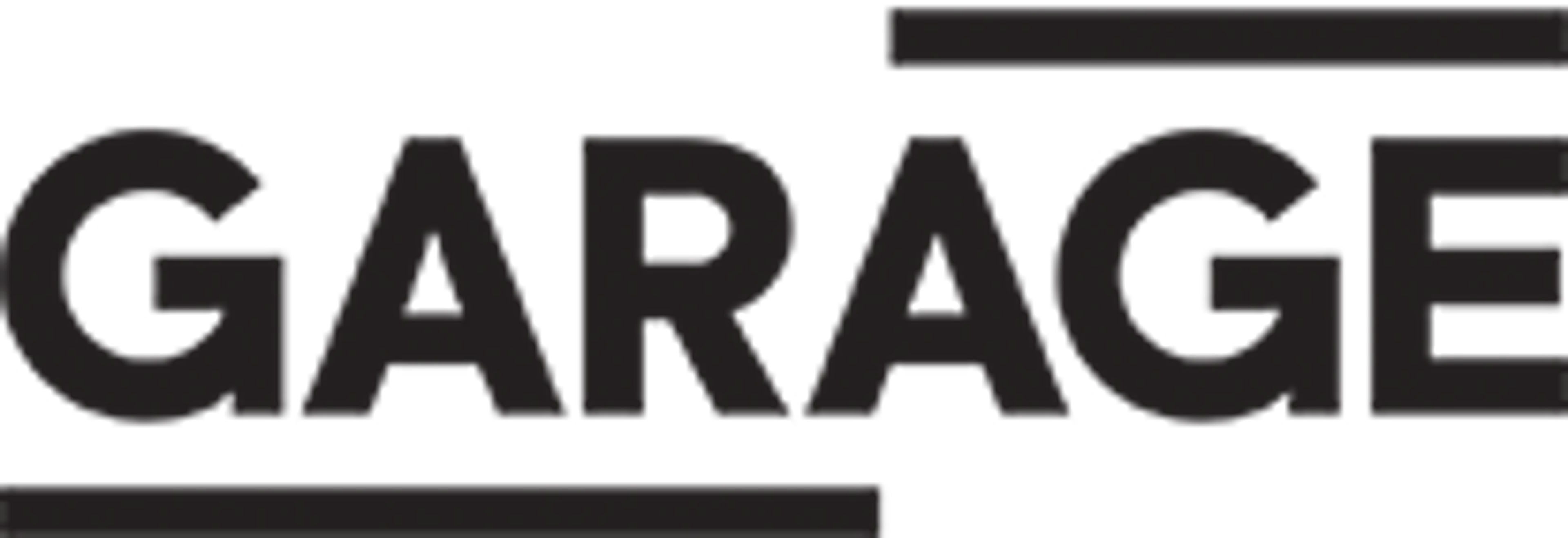Proof: Francisco Goya, Sergei Eisenstein, Robert Longo
1 of 13
At particular moments in history, artists use their artwork to reveal social, cultural, and political complexities, responding to the times in which they live. Bringing together the work of three innovative chroniclers, Proof: Francisco Goya, Sergei Eisenstein, Robert Longo offers insight into the energy, empathy, and creativity with which these artists recounted and reimagined their realities.
Together spanning four centuries and three continents, Spanish artist Francisco Goya (1746–1828), Russian filmmaker Sergei Eisenstein (1898–1948), and contemporary American artist Robert Longo (born 1953) each witnessed a turbulent transition from one era to another and the profound repercussions of revolution, war, and civil unrest. Within a broad chronological framework, Proof traces the historical lineage of a visual language and artistic impulse.
Featuring artwork almost exclusively in black and white, Proof showcases the artists’ technical acuity and bold experimentation in three mediums: etching, film, and charcoal drawing. With a rare combination of selections, it invites viewers to find new meaning in artworks not normally encountered together. These works call to mind images—such as mutiny on a Russian battleship, or American riot police standing guard at a political protest—that are usually represented through journalistic coverage, yet they express the artists’ personal, often emotional, perspectives. As the exhibition title suggests, Goya, Eisenstein, and Longo together provide proof not only of significant events or actions, but more crucially of their ongoing resonances through art.
Proof: Francisco Goya, Sergei Eisenstein, Robert Longo is initiated by Garage Museum of Contemporary Art, Moscow, and curated by Kate Fowle, Garage Chief Curator, in collaboration with Robert Longo. The Brooklyn Museum presentation is organized by Sara Softness, Assistant Curator, Special Projects, Brooklyn Museum.
Generous support for this exhibition is provided by Metro Pictures, Galerie Thaddaeus Ropac, The Faro Foundation, and the Horace W. Goldsmith Foundation.
A fully illustrated companion book, Proof: Francisco Goya, Sergei Eisenstein, Robert Longo, with essays by journalist, activist, and author Chris Hedges; artist Vadim Zakharov; and Kate Fowle; as well as an interview with Robert Longo, will be published in Russian and English. The English edition features a foreword by Anne Pasternak, Shelby White and Leon Levy Director of the Brooklyn Museum, and an essay on Robert Longo by Nancy Spector, former Deputy Director and Chief Curator, Brooklyn Museum.

In connection with the exhibition, Longo’s Untitled (Dividing Time) (2017), an artwork in the form of a flag, will fly on the flagpole outside the Museum, and at several other cultural institutions nationwide, through October 10. His black-and-white American flag alludes to the current divisive political climate. The project is part of Creative Time’s Pledges of Allegiance , a commission series originally conceived by Alix Browne and developed in collaboration with Cian Browne, Fabienne Stephan, and Opening Ceremony.
Organizing department
Special Exhibition
Media
Curator Lisa Small talks about prints by Francisco Goya on view in the exhibition.
Curator Sara Softness discusses Sergei Eisenstein’s pioneering films on view in the exhibition.










![Francisco de Goya (Spanish, 1746–1828). Where There's a Will There's a Way [A Way of Flying] (Donde Hay Ganas Hay Maña [Modo de Volar]), circa 1813–1820. From The Proverbs (Los Proverbios; Los Disparates). Etching and aquatint. Davison Art Center, Wesleyan University, Middletown, C.T.; Gift of George W. Davison (B.A. Wesleyan 1892),1949.D3.7.13. Open Access Image from the Davison Art Center, Wesleyan University. (Photo: R. Lee)](https://cms-images.brooklynmuseum.org/6b6a47d7a408bd545bfe9002aa9b55ff6d506a30-2000x1458.jpg?w=3840&q=75)
